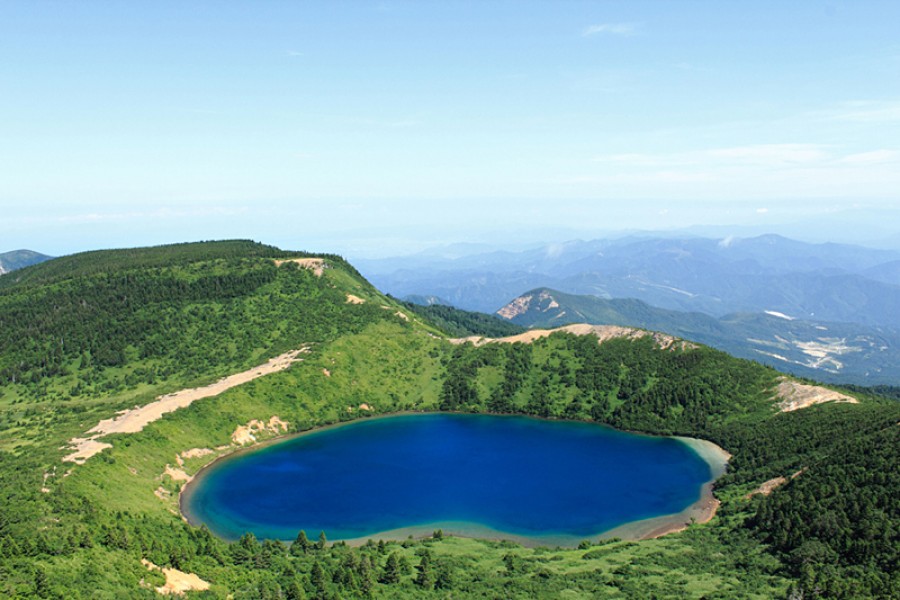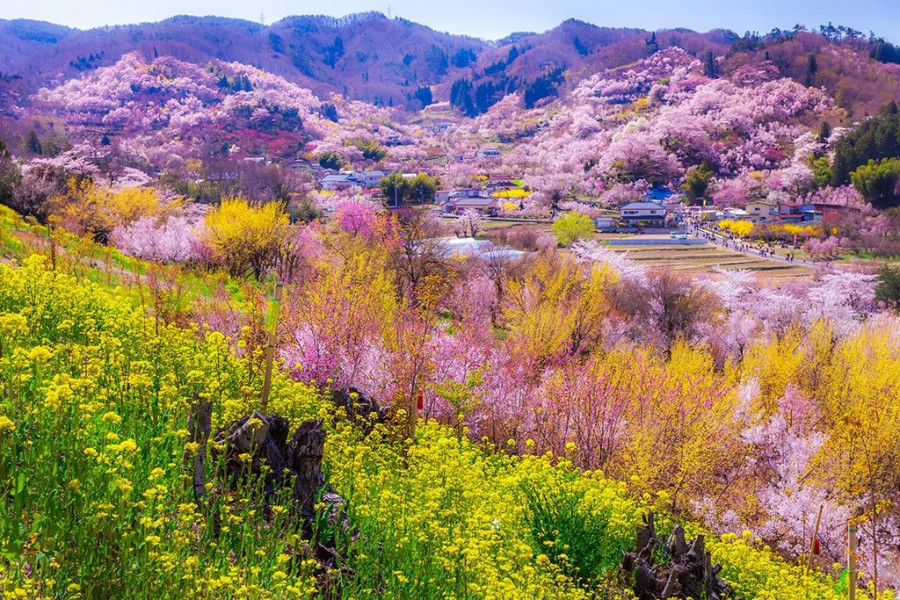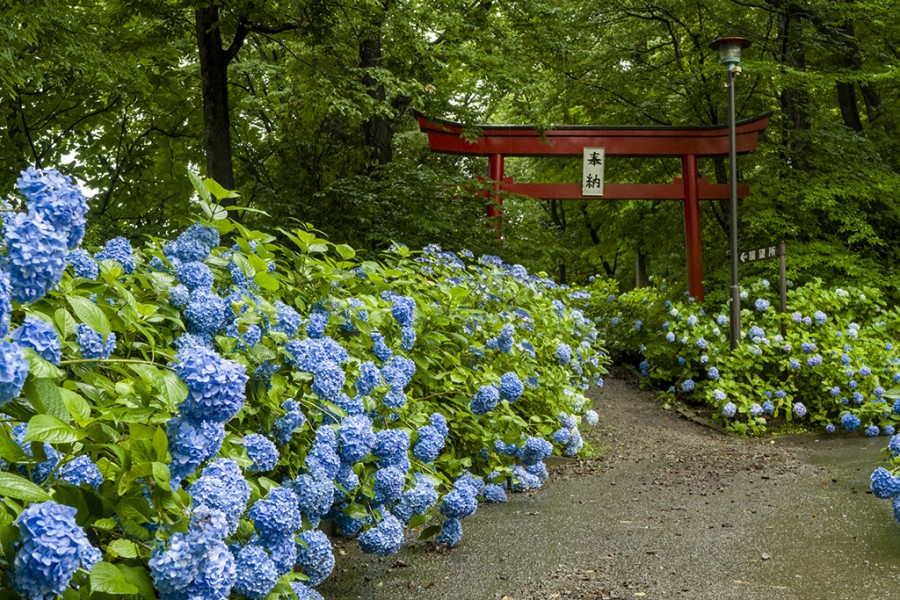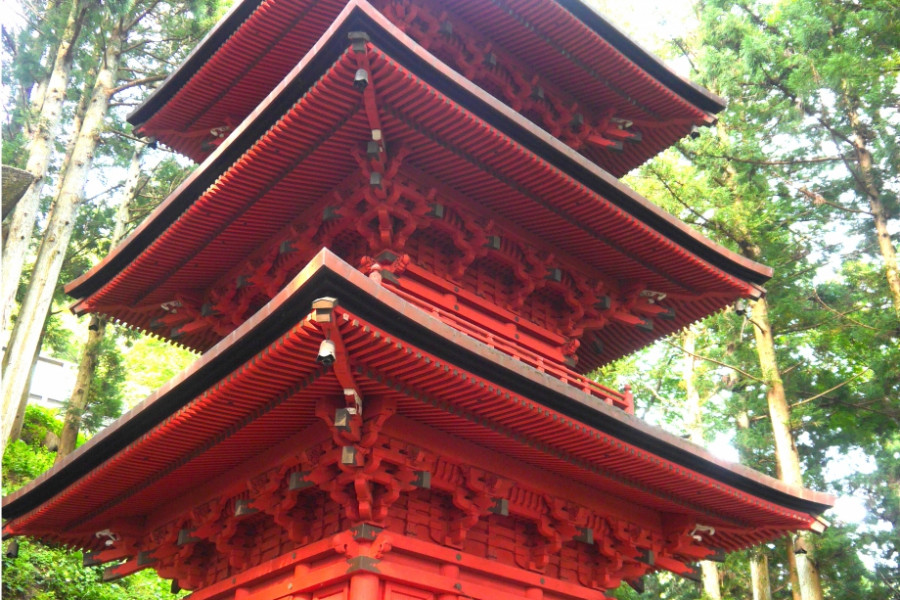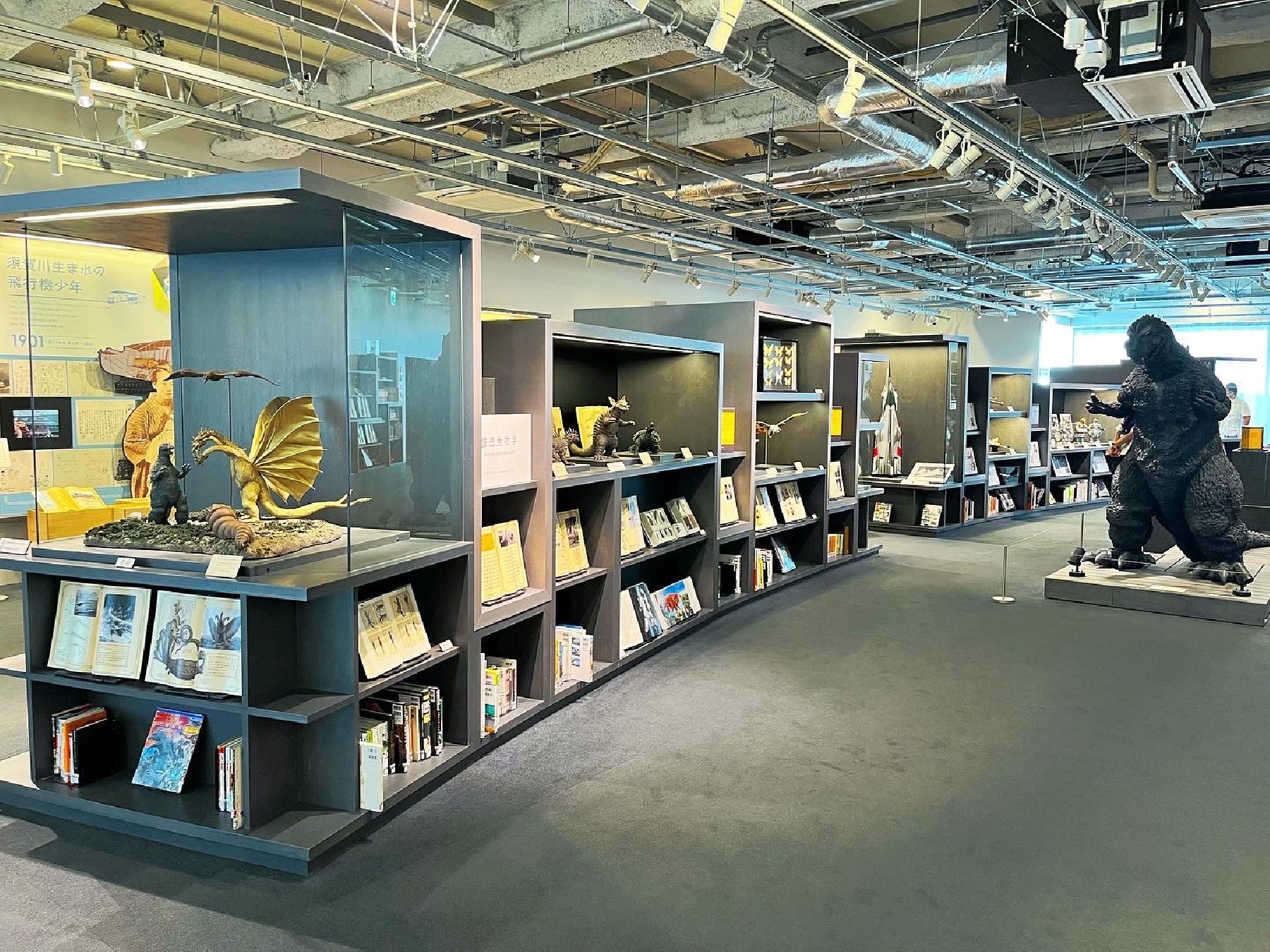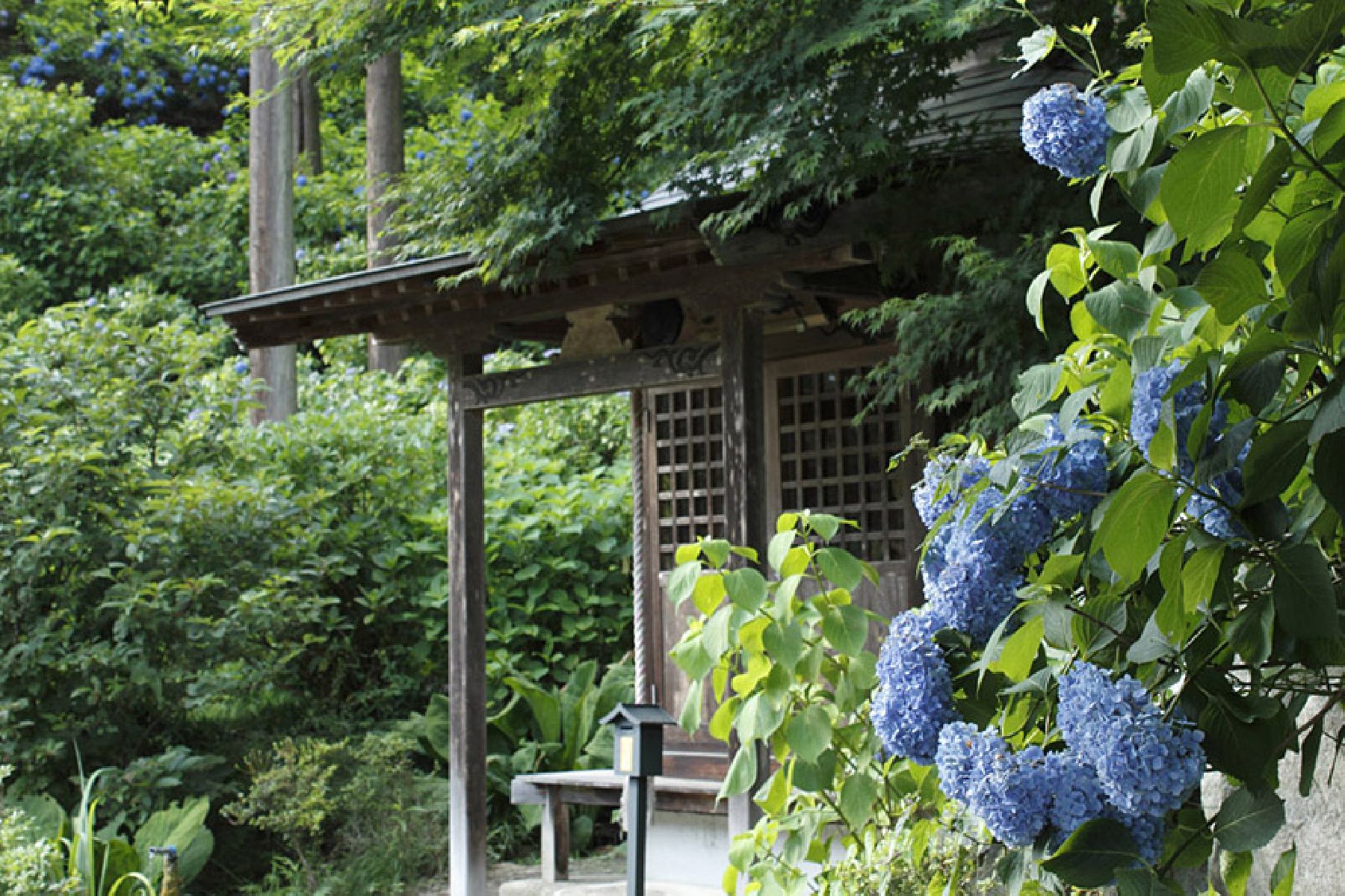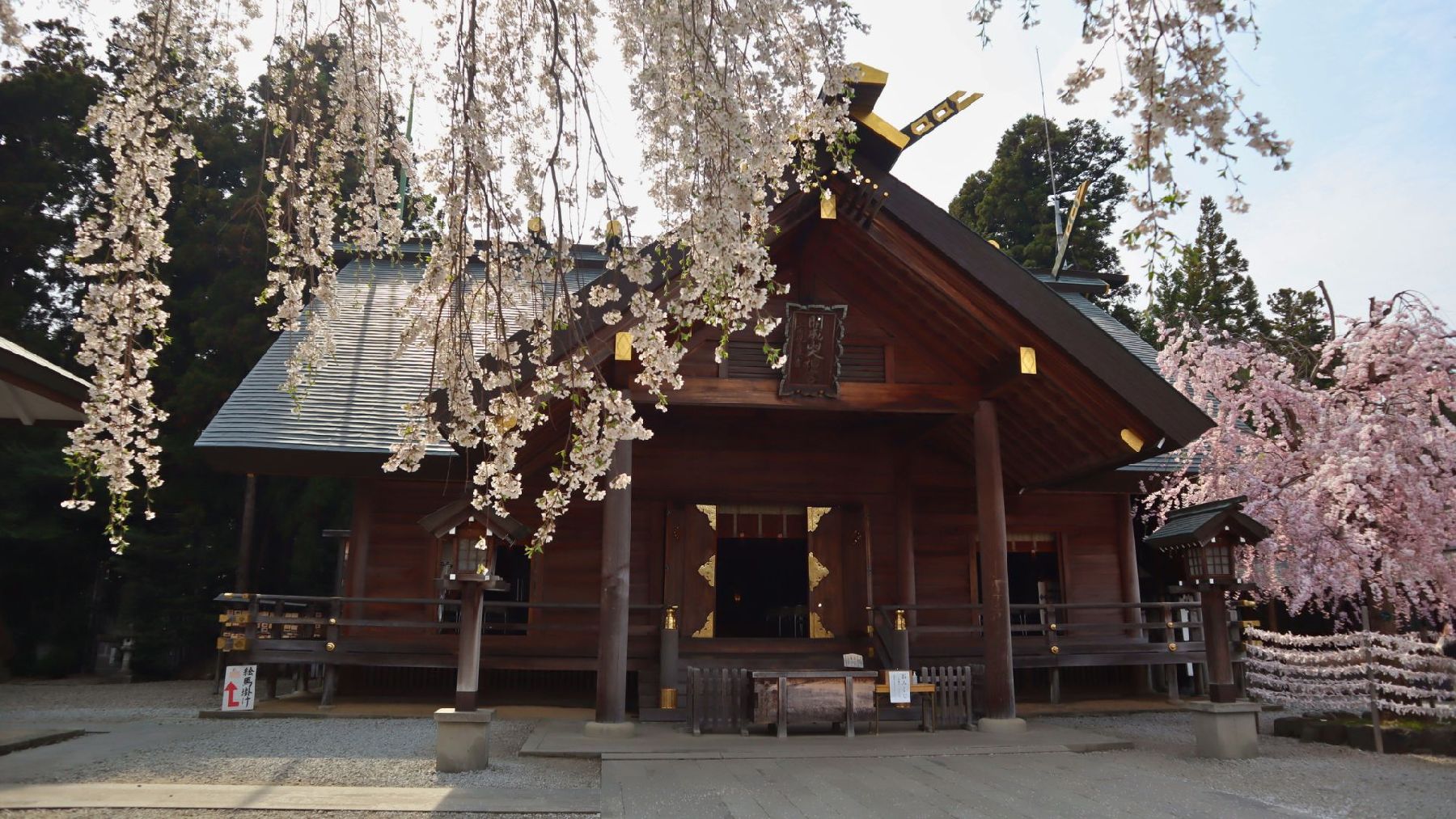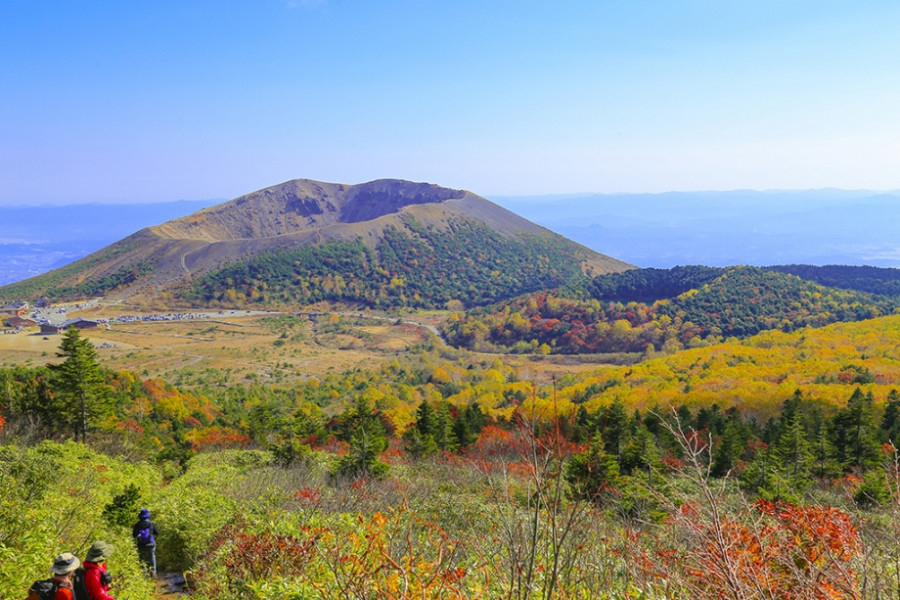
Jododaira Visitor Center
Jododaira Visitor Center, located at an altitude of 1500 m, stands partway along the Bandai-Azuma Skyline sightseeing road. Jododaira acts as a base to spend the day hiking nearby mountain routes, including Mt. Higashi-Azuma (1,975 m) and Mt. Issaikyo (1,949 m). For those who don’t fancy a long hike, the 1-hour round trip walk up and around the crater at Mt. Azuma Kofuji (1,705 m) is perfect, as it is a very short walk from Jododaira Visitor Center. The Azuma mountains are all totally unique, and are great places to enjoy local flora and fauna. If hiking in this area, please be mindful that the altitude reaches close to 2000 m, so make sure to take equipment necessary in the event of a sudden weather change. The Jododaira area is also prone to high volcanic gas levels, so it is a good idea to check whether the area is open to visitors before making the drive up the mountain roads.
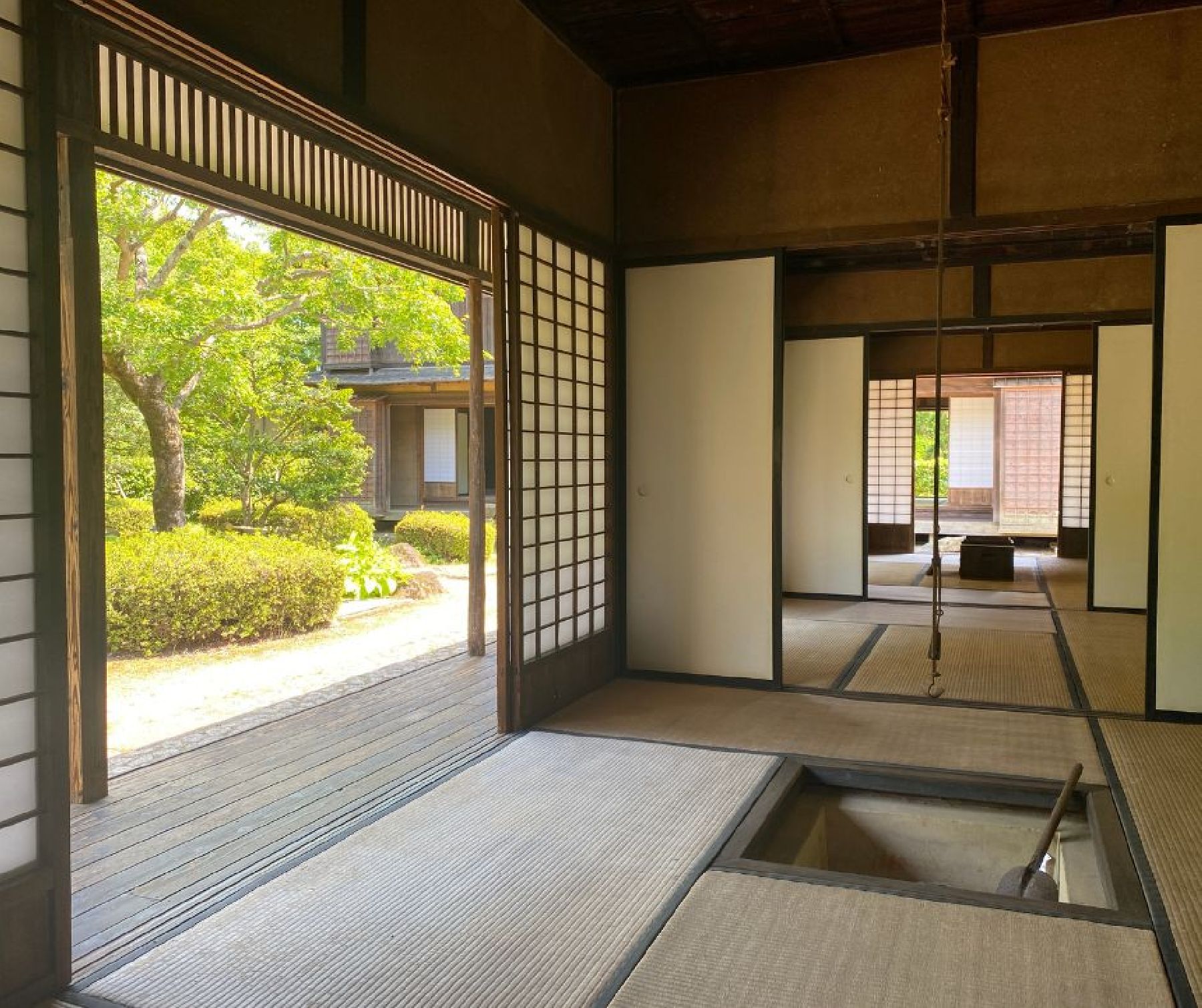
.jpg)
